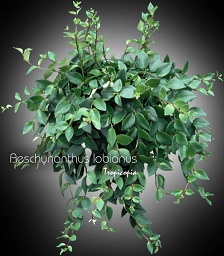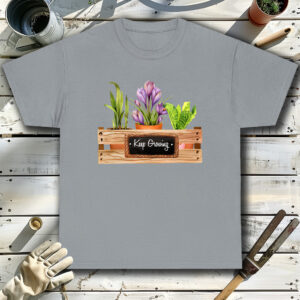Table of contents
Lipstick

Latin Name: Aeschynanthus lobianus
Category: Hanging
Family: Gesneriaceae
Origin: Java
Climate: Tropical
Growing Zones: 11, 9
Care Instructions
The Lipstick (Aeschynanthus lobianus) is a tropical plant that originates from Java. This hanging plant belongs to the Gesneriaceae family and is well-suited for growing in USDA zones 11, 9.
Complete Care Guide for Lipstick Plant (Aeschynanthus lobianus)
Watering Requirements
The Lipstick Plant, known scientifically as Aeschynanthus lobianus, thrives best with a careful watering regimen. It is essential to keep the soil consistently moist but not soggy. Water the plant when the top inch of the soil feels dry to the touch. During the growing season, typically spring and summer, you may need to water more frequently, about once a week. In the fall and winter, reduce watering to every two weeks, as the plant enters a dormant phase. Overwatering can lead to root rot, so ensure that the pot has good drainage and avoid letting the plant sit in standing water.
Light Conditions
Light conditions are crucial for the health of the Lipstick Plant. This species prefers bright, indirect sunlight. Direct sunlight can scorch the leaves, leading to unsightly brown spots and leaf drop. A north or east-facing window is ideal, as it provides ample light without the harshness of direct rays. If you notice the plant becoming leggy or the leaves losing their vibrant color, it may be a sign that it needs more light. Conversely, if the leaves are turning yellow, it could be receiving too much direct sunlight. Consider rotating the plant occasionally to ensure even growth.
Soil Preferences
The Lipstick Plant prefers a well-draining potting mix that retains some moisture without becoming waterlogged. A blend of standard potting soil mixed with perlite or orchid bark works well, providing the necessary aeration and drainage. This plant benefits from a slightly acidic to neutral pH, ideally between 6.0 and 7.0. Fertilization is also important; during the growing season, feed the plant with a balanced, water-soluble fertilizer every 4-6 weeks. In the fall and winter, reduce feeding as the plant’s growth slows down. Always follow the manufacturer’s instructions for dilution rates to avoid fertilizer burn.
Pests and Diseases
Like many houseplants, the Lipstick Plant can be susceptible to pests such as aphids, mealybugs, and spider mites. Regularly inspect the undersides of leaves and the stems for any signs of infestation. If you notice pests, treat them promptly with insecticidal soap or neem oil, ensuring to cover all affected areas. Additionally, the Lipstick Plant can suffer from fungal diseases if overwatered or if humidity levels are too high. Signs of fungal issues include yellowing leaves and a white, powdery substance on the foliage. To prevent these problems, ensure proper air circulation around the plant and avoid overhead watering.
Special Care Tips
To maintain the health and beauty of your Lipstick Plant, consider a few special care tips. First, regular pruning can help promote bushier growth and prevent the plant from becoming leggy. Trim back any long stems after flowering to encourage new growth. Additionally, the Lipstick Plant enjoys humidity, so if your home is particularly dry, consider misting the leaves or placing a humidifier nearby. This will help mimic its natural tropical environment. Lastly, be patient with flowering; while the plant can bloom several times a year, it may take some time to establish before producing its stunning tubular flowers. With the right care, your Lipstick Plant will thrive and become a beautiful addition to your indoor garden.








